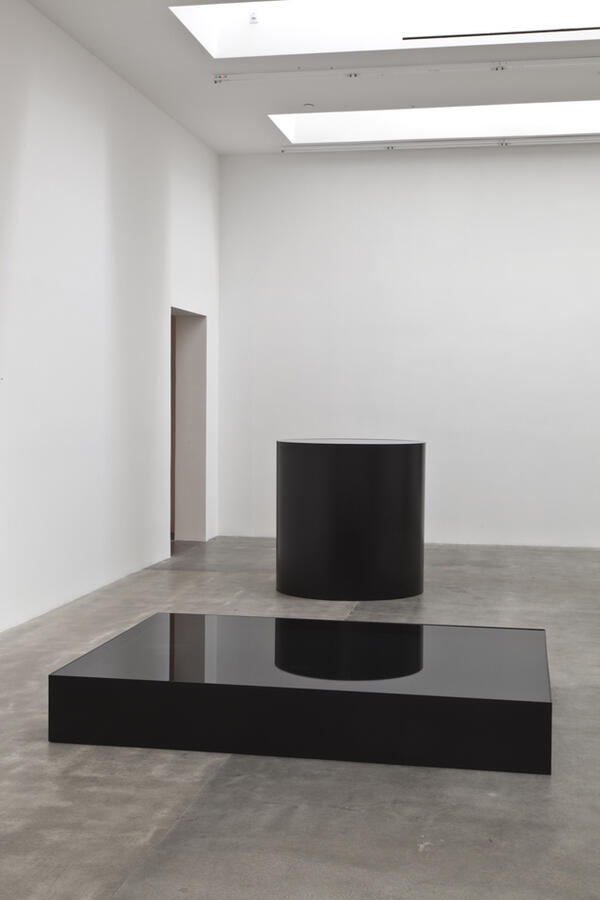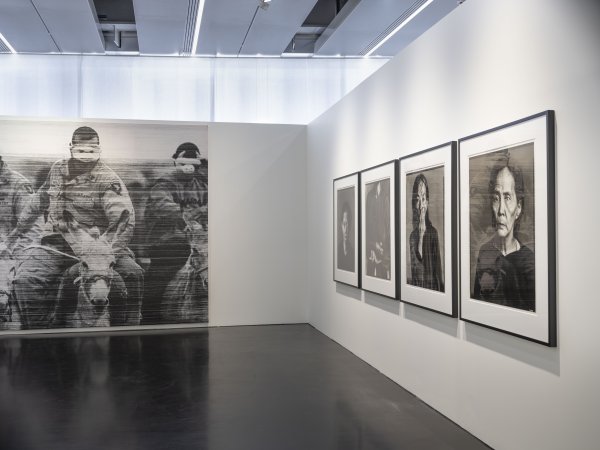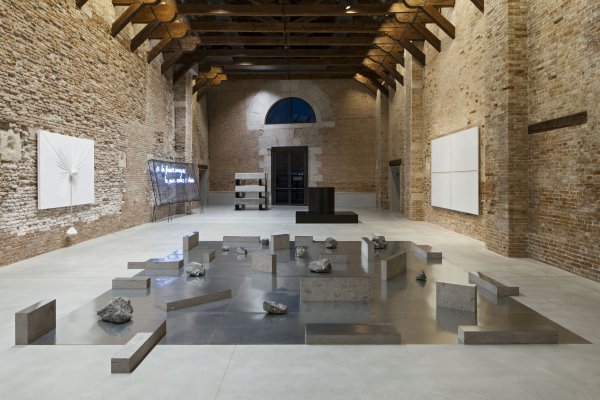Nobuo
Sekine
Nobuo
Sekine
Sekine
The work of Nobuo Sekine is based on a radical exploration of the perception of matter through his physical experience. By using various materials, from the most rudimentary, like soil, to the most processed, like plastic, he makes simple shapes emerge that can transform under the pressure of a third object or just according to the angle from which they are seen.
After training as a painter, Sekine turned to sculpture and installations. He became a key member of the Mono-ha group, the 1960s and 1970s Japanese movement that explored the characteristics of organic and industrial materials and their link to the surrounding space. His sculpture Phase Mother Earth (1968), a 2.2 m tall compacted earth cylinder placed near a hole of the same size dug into the ground, is considered the manifesto work of Mono-ha.
The works of Nobuo Sekine held at the Pinault Collection were first displayed at the “Prima Materia” (“Raw Material”) exhibition at the Punta della Dogana.
After training as a painter, Sekine turned to sculpture and installations. He became a key member of the Mono-ha group, the 1960s and 1970s Japanese movement that explored the characteristics of organic and industrial materials and their link to the surrounding space. His sculpture Phase Mother Earth (1968), a 2.2 m tall compacted earth cylinder placed near a hole of the same size dug into the ground, is considered the manifesto work of Mono-ha.
The works of Nobuo Sekine held at the Pinault Collection were first displayed at the “Prima Materia” (“Raw Material”) exhibition at the Punta della Dogana.



